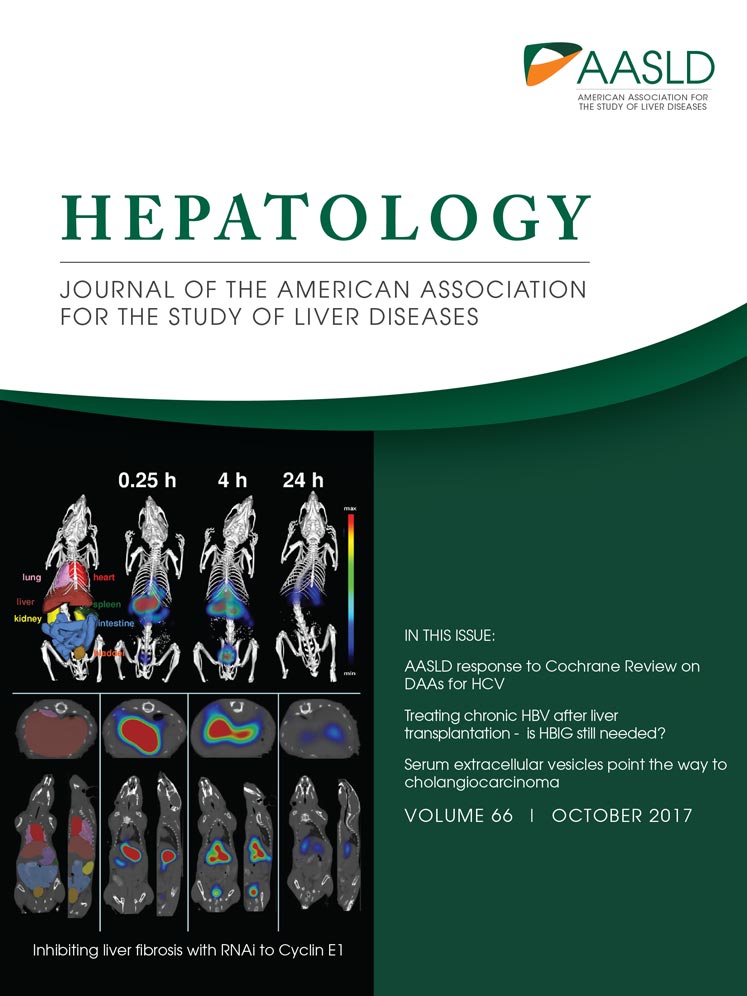Reply
Potential conflict of interest: Nothing to report.
We welcome the comments from Huang and Lee on our meta-analysis of surface antibody in hepatitis B virus (HBV) reactivation. First, as mentioned in our Table 1 footnote, our definition of HBV reactivation incorporated the broad range of outcomes reported in the literature: detectable HBV DNA, HBV detection with or without conversion from hepatitis B surface antigen (HBsAg) negative to positive, HBV DNA >10 IU/mL, HBV DNA > 10-fold increase versus previous nadir, or conversion from HBsAg-negative to HBsAg-positive.1 Their reported elevation of HBV viral load to >2,000 IU/mL from baseline2 satisfied our HBV detection criterion for reactivation.
Second, we agree with Huang and Lee that the incidence of HBV reactivation occurs more frequently as a detectable HBV DNA level than as HBsAg reverse seroconversion in patients receiving rituximab therapy. In our meta-analysis of patients receiving rituximab therapy, reactivation only occurred as detectable HBV DNA without any reported cases of HBsAg reverse seroconversion.
Although Huang and Lee mention that we may have overlooked the risk of HBV reactivation in patients with hepatitis B surface antibody undergoing rituximab therapy, we did include that study3 in our meta-analysis as citation 22. Additionally, our discussion specifically mentions that the presence of hepatitis B surface antibody reduces but does not eliminate the risk of HBV reactivation. Our meta-analysis suggests that patients with hepatitis B surface antibody still have a 5.6% residual risk of reactivation, so we would recommend antiviral prophylaxis in these patients.
Lastly, we agree that heterogeneity among studies is a potential limitation of any meta-analysis. Grouping studies with concordant outcomes would have reduced the power to detect statistically significant results, with four studies using detectable HBV DNA, six studies using HBV detection with or without conversion from HBsAg negative to positive, two studies using HBV DNA >10 IU/mL, seven studies using HBV DNA >10-fold increase versus previous nadir, and one study using conversion from HBsAg-negative to HBsAg-positive. Despite the differences in outcome measures, the I2 test for heterogeneity4 was 0% among all analyses, suggesting no inconsistency in the results across studies.
-
Sonali Paul, M.D., M.S.
-
Section of Gastroenterology
-
Center for Liver Diseases
-
University of Chicago Medicine
-
Chicago, IL




